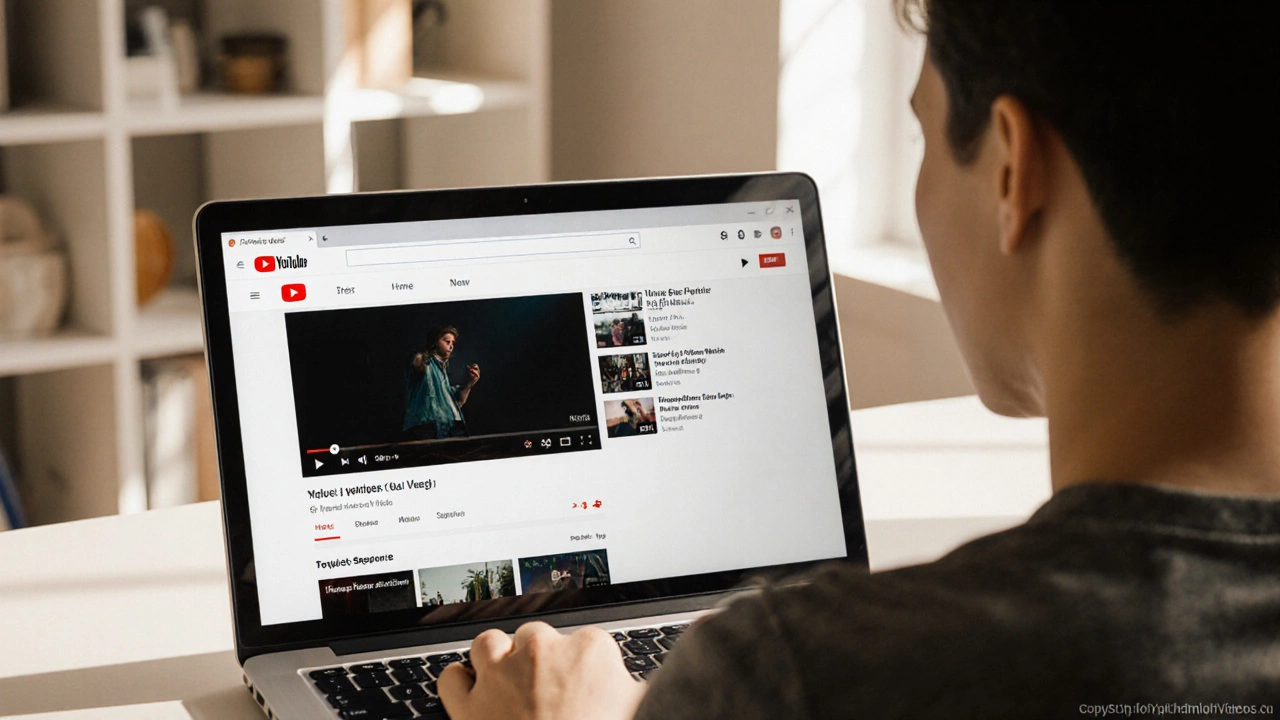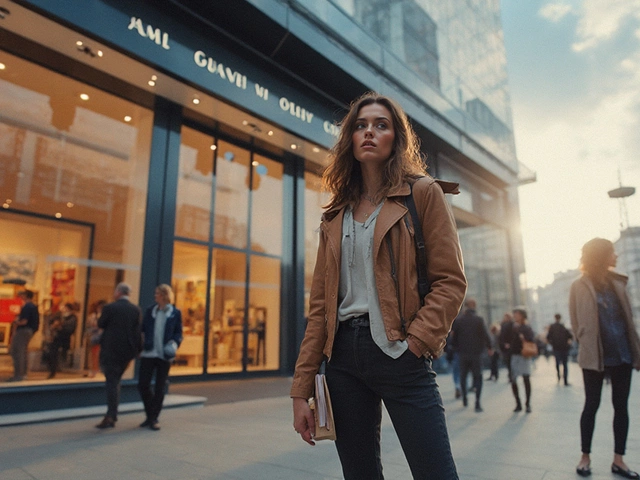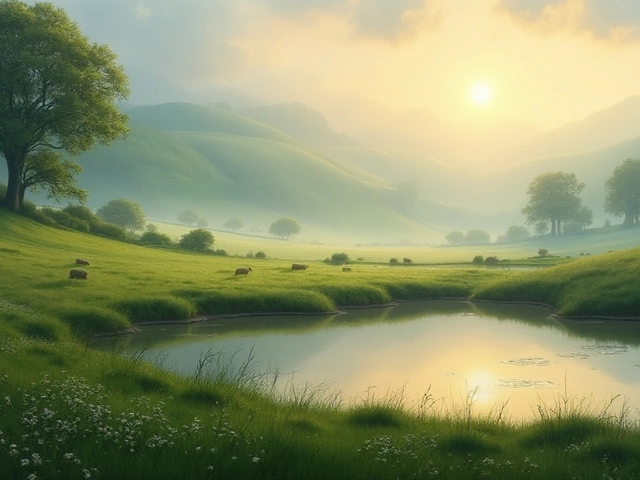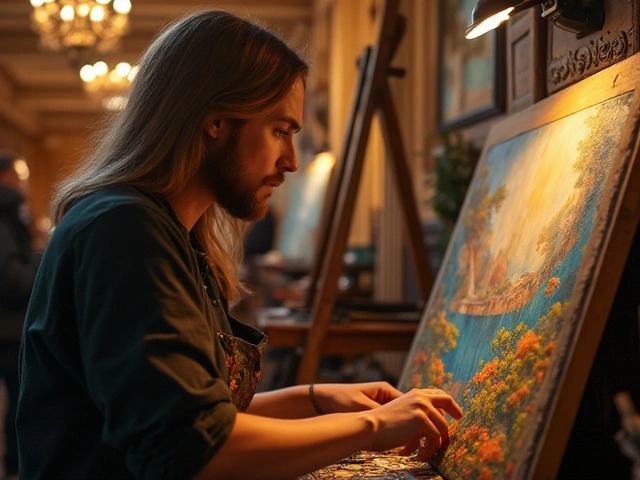YouTube Music License Checker
Check Music Usage Permissions
Enter your project details to check if the music can be legally used.
When you search for YouTube is a video‑sharing platform owned by Google that hosts billions of videos, you’ll see a mix of official music videos, fan‑made lyric clips, background scores and complete albums. The big question most people ask is whether that music is actually free music to listen to, download or reuse. The answer isn’t a simple yes or no - it depends on the type of video, the licensing model, and what you plan to do with the track.
Key Takeaways
- Watching most music on YouTube is free with ads; downloading or remixing usually requires permission.
- Official artist channels, record‑label uploads, and YouTube Music subscriptions follow strict copyright rules.
- Creative Commons or public‑domain tracks can be reused, but you must respect the specific license.
- YouTube Premium removes ads but does not change the underlying copyright status.
- Using YouTube’s Content ID tool helps creators avoid accidental infringement.
How YouTube Defines “Free”
On YouTube, "free" typically means you can watch a video without paying a fee. The platform earns money from ads that play before or during the video, or from a subscription like YouTube Premium is a monthly service that removes ads and adds offline playback. This ad‑based model does not give you ownership of the audio track, and it doesn’t waive any copyright rules.
If you click the download button inside the YouTube app, you’re only saving an offline copy for personal viewing - you still can’t share, remix, or sell the music. In short, the free experience is limited to personal consumption within the YouTube ecosystem.
Types of Music You’ll Find on YouTube
Not all music on the platform is the same. Here are the main categories you’ll run into:
- Official uploads: Record labels and artists post full‑length songs, music videos, and live performances. These are protected by standard copyright and usually monetize through ads or YouTube Music streams.
- User‑generated content (UGC): Fans create lyric videos, mash‑ups, or full‑track uploads. Even if the uploader didn’t own the rights, YouTube’s Content ID is an automated system that scans videos for copyrighted audio and video matches can flag or monetize the content on behalf of the rights holder.
- Creative Commons (CC) tracks: Some creators label their music with a CC license, allowing reuse under specific conditions (e.g., attribution, non‑commercial). You’ll see a CC badge on the video description.
- Public‑domain recordings: Music whose copyright has expired or was never claimed. These can be freely reused, but you still need to verify the claim.
Copyright Basics You Should Know
Copyright grants the creator exclusive rights to reproduce, distribute, perform, and create derivative works. On YouTube, the platform itself does not own the music; it merely hosts the content. When a video contains copyrighted music, the rights holder can:
- Monetize the video and share ad revenue.
- Block playback in certain countries.
- Mute the audio or take down the video.
Because of these rules, “free” does not equal “public domain.” Even if you can listen without paying, the underlying rights remain with the artist, label, or publisher.
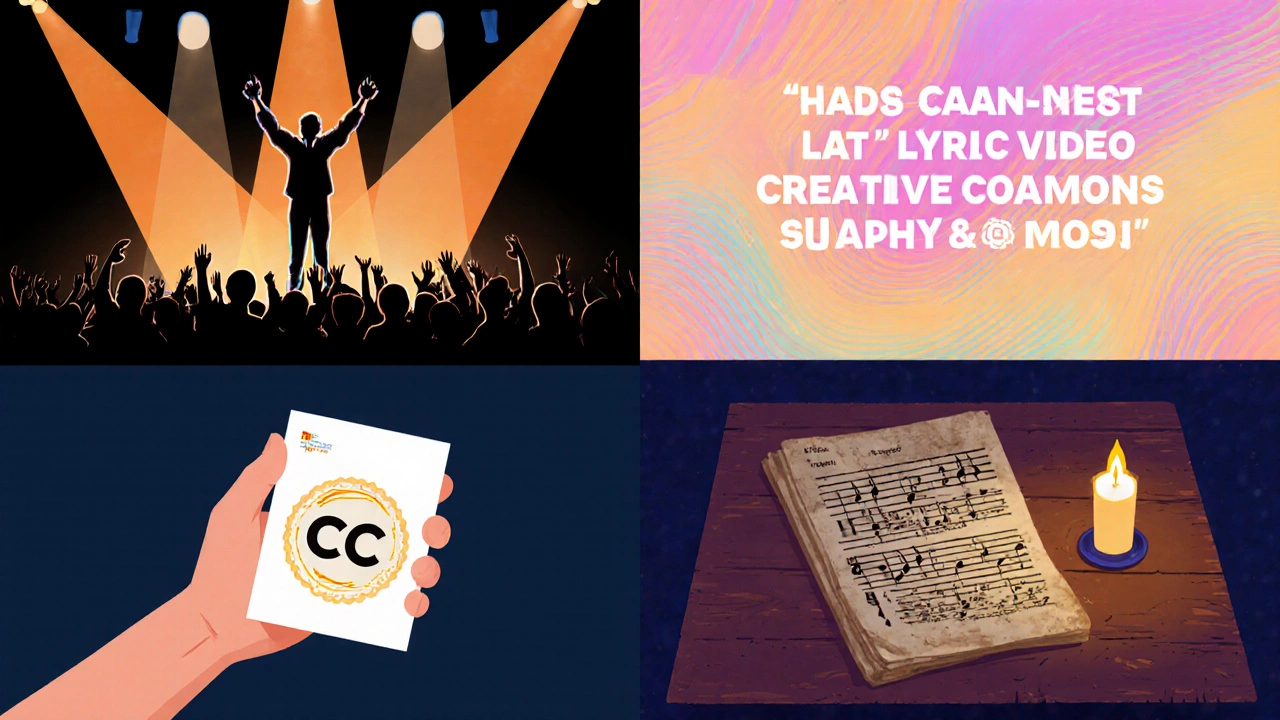
Using Music Legally on Your Own Projects
If you want to add background music to a vlog, a presentation, or a game, you have three safe routes:
- Use YouTube’s Audio Library: A collection of royalty‑free tracks that you can download and use without attribution (most of them).
- Choose Creative Commons music: Look for videos tagged with a CC license, then follow the license terms (usually attribution).
- Purchase a license from services like Epidemic Sound, Artlist, or directly from the rights holder.
Never rely on a random fan‑uploaded track unless you have written permission. Even a short clip can trigger a Content ID claim and lead to a strike on your channel.
Where YouTube Music Fits In
YouTube Music is Google’s dedicated streaming service that offers ad‑supported and premium tiers for music playback. The free tier works like a radio: you get personalized playlists, but you can’t download songs for offline use. The Premium tier removes ads, allows downloads, and offers higher audio quality, but it still respects the same copyright agreements. In other words, paying for YouTube Music buys convenience, not additional rights to reuse the tracks.
Common Misconceptions About “Free” Music
Many creators assume that because a song is on YouTube, it’s automatically free to use. Here’s why that’s risky:
- Ad‑supported doesn’t equal royalty‑free: The ad revenue goes to the copyright owner, not to you.
- Downloading via third‑party tools violates YouTube’s terms of service. You could face a strike or have your account terminated.
- Even “public‑domain” uploads can be mislabeled. Always double‑check the source before reusing.
When in doubt, treat any music you didn’t create yourself as copyrighted.
Quick Checklist for Safe Music Use on YouTube
- Check the video description for a Creative Commons or public‑domain notice.
- Use YouTube’s Audio Library for truly royalty‑free tracks.
- Verify that any third‑party music you download has a clear license.
- Avoid cutting and pasting audio from other YouTube videos.
- If you receive a Content ID claim, review the claim details and either dispute (if you have rights) or replace the track.
What Happens If You Ignore the Rules?
Repeated copyright violations can lead to a series of strikes. After three strikes, YouTube will terminate your channel, remove all videos, and ban you from creating new accounts. Even a single strike can affect your channel’s monetization eligibility. So respecting the licensing terms isn’t just polite-it protects your channel’s future.
Future Trends: AI‑Generated Music and YouTube
Artificial‑intelligence tools are now creating background tracks that sound like popular songs. YouTube is already updating its Content ID algorithms to detect AI‑generated melodies that infringe on existing copyrights. Expect stricter enforcement, meaning creators will need even clearer licensing documentation for any music they upload.
Frequently Asked Questions
Can I download a song from YouTube for free?
No. Downloading via third‑party sites violates YouTube’s terms. The only legal offline option is through YouTube Premium or YouTube Music Premium, which still doesn’t give you ownership of the track.
Is music in the YouTube Audio Library truly royalty‑free?
Yes. Tracks in the Audio Library can be used in any of your videos, commercial or not, without paying royalties. Some tracks require attribution, which is noted in the library.
What does a Content ID claim look like?
You’ll see a notice in YouTube Studio saying the video contains copyrighted music. The claim shows who owns the rights, the type of claim (monetize, block, or mute), and options to dispute or replace the audio.
Are Creative Commons songs on YouTube free to remix?
Only if the license allows it. Most CC‑BY (Attribution) permits remixing as long as you credit the creator. CC‑BY‑NC (Non‑Commercial) forbids commercial use, and CC‑BY‑SA (ShareAlike) requires you to license your remix under the same terms.
Does YouTube Premium give me any extra rights to the music?
No. Premium only removes ads and lets you download for offline viewing. The underlying copyright remains unchanged, so you still can’t reuse the audio outside the app.
